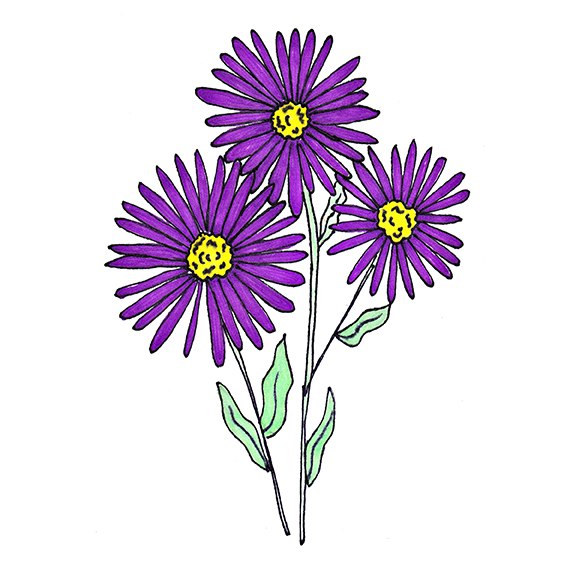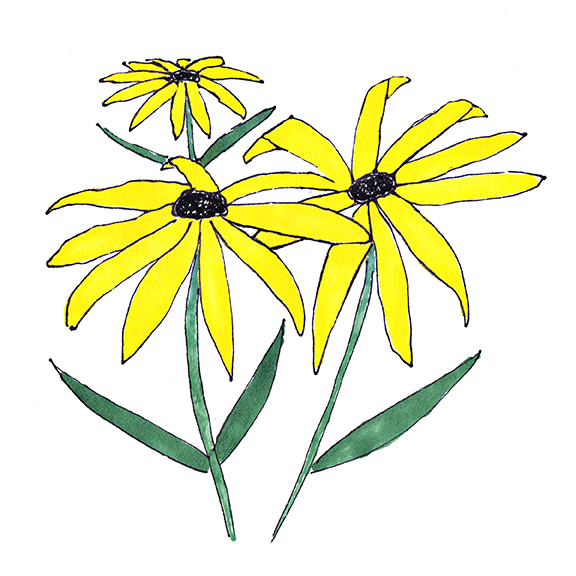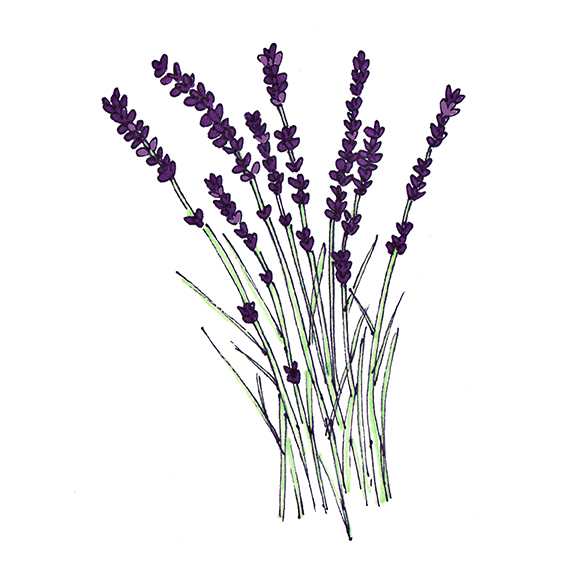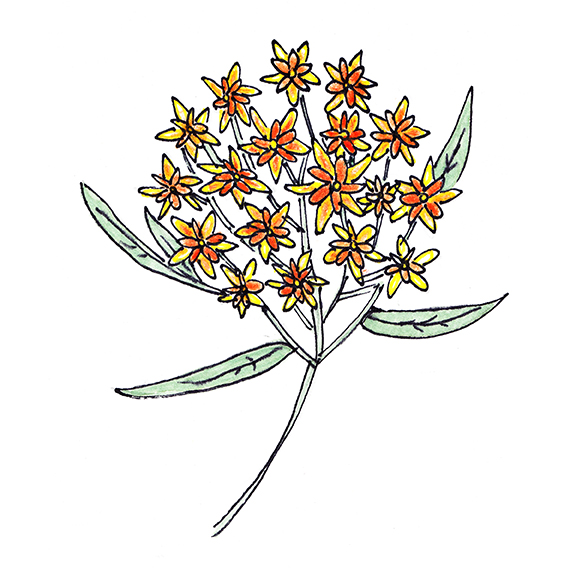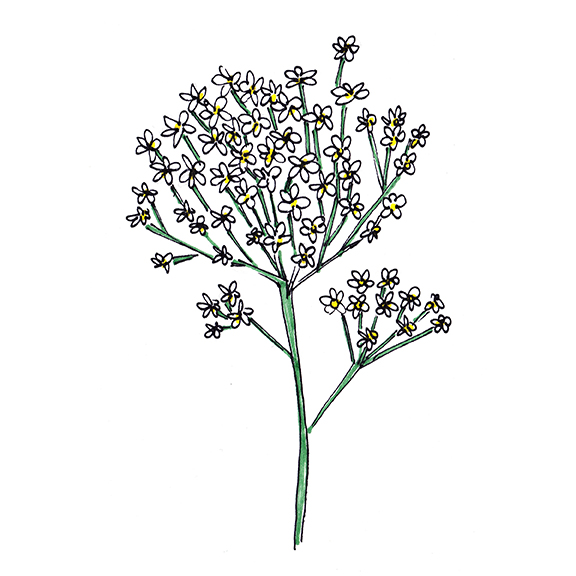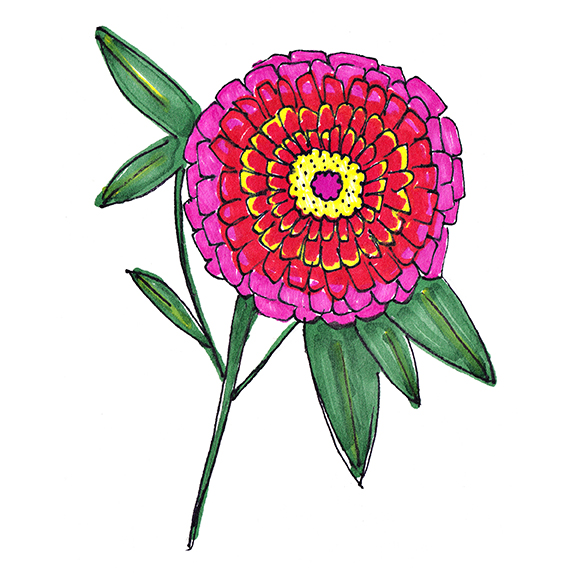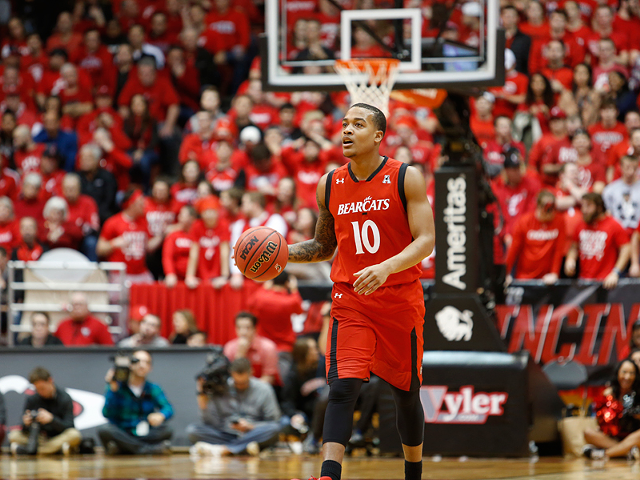Every little bit helps. That’s the point Krohn Conservatory director Andrea Schepmann drives home when asked about the benefits of creating pollinator gardens, which she says can range from a box in your windowsill to a full-fledged backyard oasis.
“Pollinator gardens have flowers of many types and are in bloom from the beginning to end of the season,” she says. “A mix of perennials and annuals is best.”
“Choose nectar and pollen-rich plants like wildflowers and old-fashioned varieties of flowers,” she adds, explaining that hybridized plants often don’t produce as many nutrients.
Cory Christopher, Center for Conservation director at the Cincinnati Nature Center, recommends planting a good mix of four or five native plants within your garden, making sure to include at least one milkweed, which Schepmann defines as a host plant: It’s the only plant Monarch caterpillars will eat.
To help get your pollinator garden started, check out these plant recommendations from the Cincinnati Nature Center and grab a free packet of native seeds at local Graeter’s and LaRosa’s this Saturday as part of the center’s Earth Day Plant NATIVE! initiative. A total of 50,000 packets will be distributed.
Aster — The pretty purple aster flowers are a high-value plant for pollinators like bees. Great in full sun, they bloom in late summer and fall.
Black-Eyed Susan — This coneflower does best in full sun and features cheerful yellow flowers with a brown to black central cone. Blooms from summer to fall and attracts bees, flies, butterflies and seed birds.
Lavender — Makes people and pollinators happy with its soothing scent and purple flowers. This fragrant herb likes loamy, well-drained soil and is a favorite of honeybee.
Phlox — Creeping phlox is a wonderful ground cover and popular spring bloomer that spreads by runners with pink, purple or white flowers. Great for smaller pollinators.
Yarrow — This perennial wildflower is a great landing pad for pollinators. It blooms from April to October, and its feathery cloud-like blooms can reach about three feet in height. It does have a tendency to become weedy, but it’s not a bad plant to have in abundance — its use in natural medicine ranges from treating wounds to soothing fevers.
Zinnia — Bright and beautiful, these flowers come in a variety of colors, from magenta and orange to bright yellow. They’re quick to germinate, easy to grow and make butterflies very happy because of their long bloom season — from spring to first frost. Also a great cut flower.

